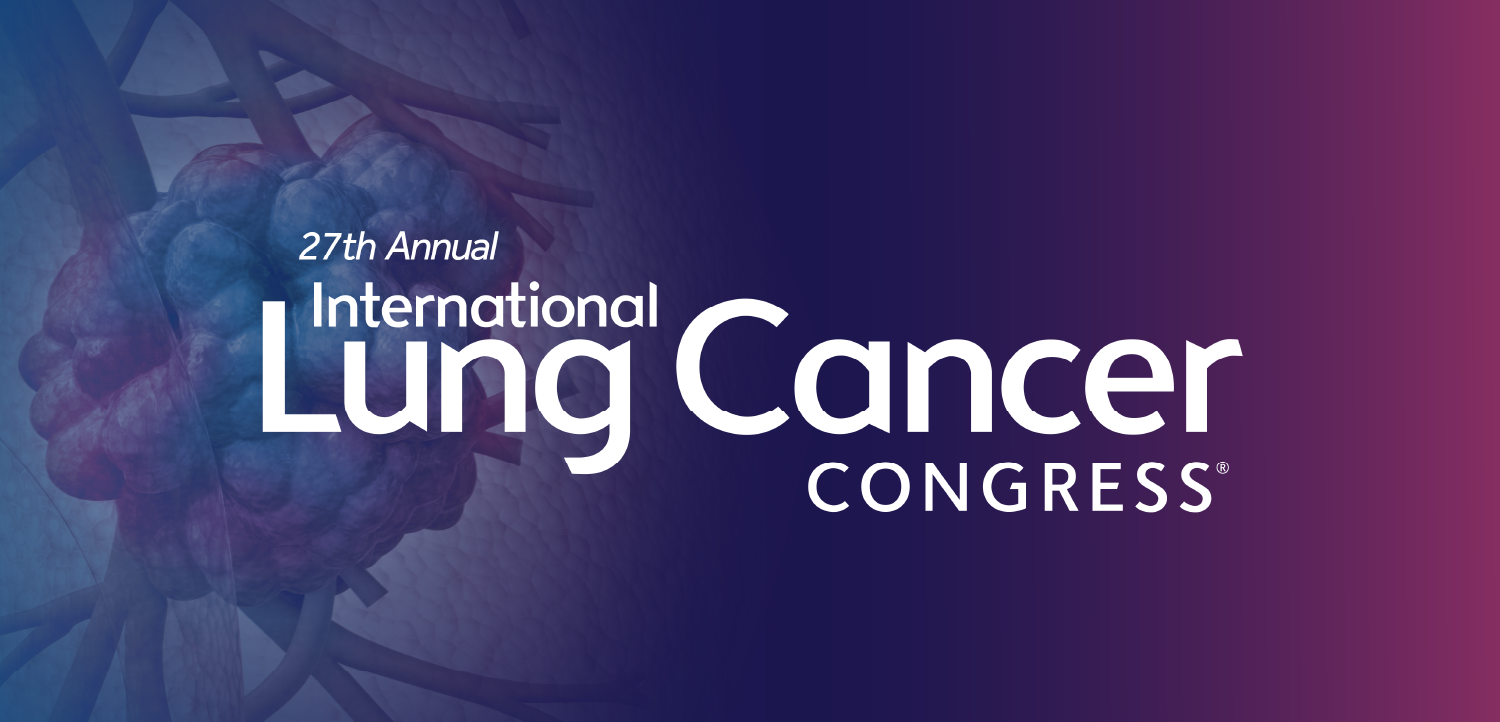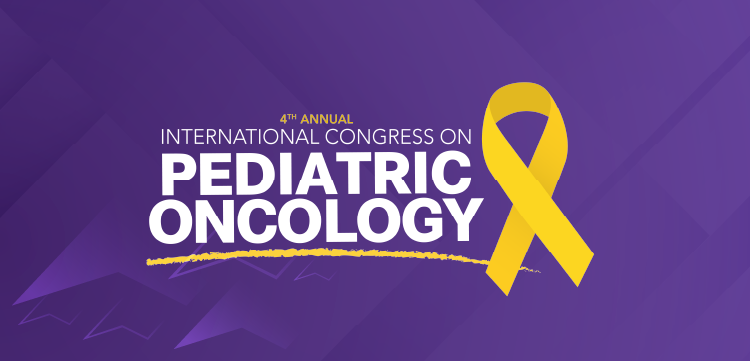
Study Finds that Nearly One in Four Are Infected with Latent Tuberculosis
A new study from United Kingdom researchers finds that nearly one-quarter of the global population is infected with latent tuberculosis (TB), a finding that exposes the challenges ahead for the World Health Organization’s End TB Strategy.
The recent
According to
Of those with latent TB, 5% to 10% will go on to develop TB disease at some point in their lives, most often within the first two years of Mtb infection. Researchers from the London School of Hygiene and Tropical Medicine and the University of Sheffield in the United Kingdom recently studied worldwide rates of LTBI, and their findings were published in the open-access journal, PLOS Medicine. They conducted their
Using a combination of country trends and historical demographic data, the researchers estimated infection risk for 168 countries. They assessed the size and worldwide distribution of LTBI, studying scenarios that seek to answer questions such as: what number of active TB cases would arise from the current pool of people with latent infections if all TB transmission stopped immediately? With data on skin test surveys and WHO estimates on TB prevalence, the study found that 1.7 billion people worldwide had LTBI in 2014, making up 23% of the global population. With the rate of latent infections that progress to active disease, currently 1% of the world population, or 56 million individuals, were infected in the last two years and are at high risk of developing TB disease, and 11% of those cases are believed to be with an isoniazid-resistant strain.
“Treatment for LTBI still relies heavily on isoniazid, either as monotherapy or as part of a combination regimen,” wrote the authors in the study. “We found that just under 11% of all recent Mtb infections are likely to be isoniazid-resistant, with much higher rates in some regions, and this proportion is likely to increase. While less common, rifampicin resistance also has the potential to threaten the usefulness of rifampicin-containing prophylactic regimens. New treatments that bypass the rising resistance to isoniazid and rifampicin are needed to fully operationalize interventions to test and treat LTBI.”
In the study, the researchers found LTBI was most prevalent in Southeast Asia, the Western Pacific, and African regions, which together accounted for 80% of all latent TB cases. The Americas, Europe, and Eastern Mediterranean regions had a low rate of latent TB of less than 17%.
Based on their findings, the authors noted that current latent infection rates coupled with the active TB disease cases likely to arise pose a serious challenge for the goals set by the End TB Strategy. They call for updated policies, improved diagnostic and testing, a vaccine to prevent the progression of latent infection to active TB, and better social and economic conditions to make significant reductions in TB disease worldwide.
Newsletter
Stay ahead of emerging infectious disease threats with expert insights and breaking research. Subscribe now to get updates delivered straight to your inbox.















































































































































































































































































































